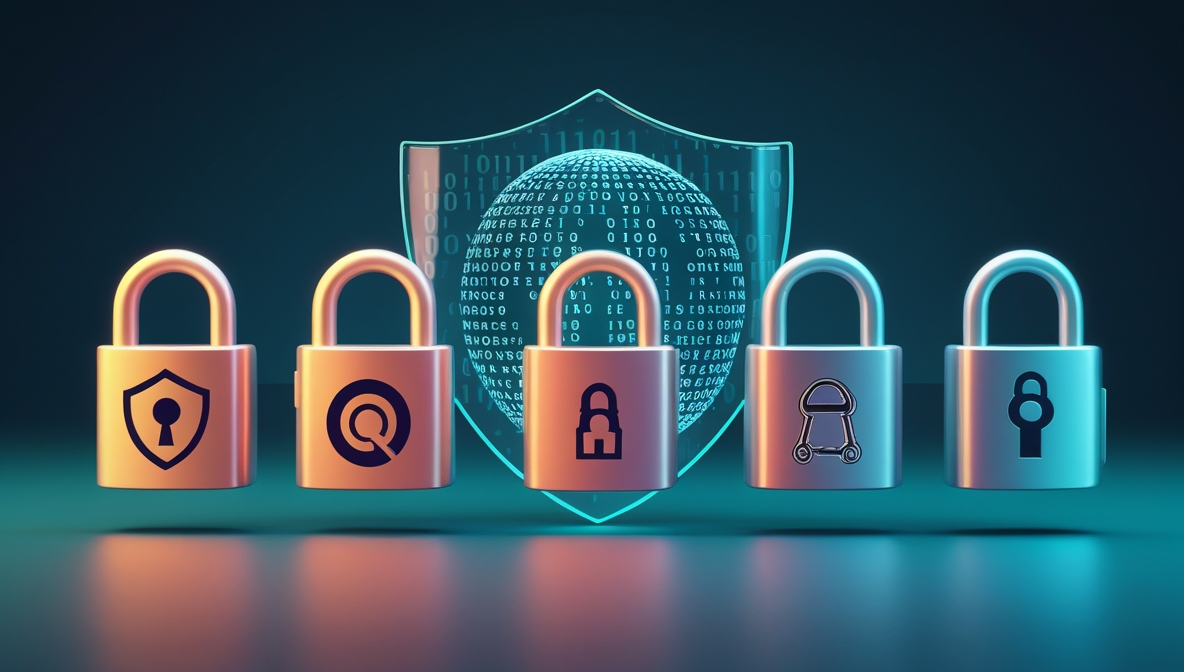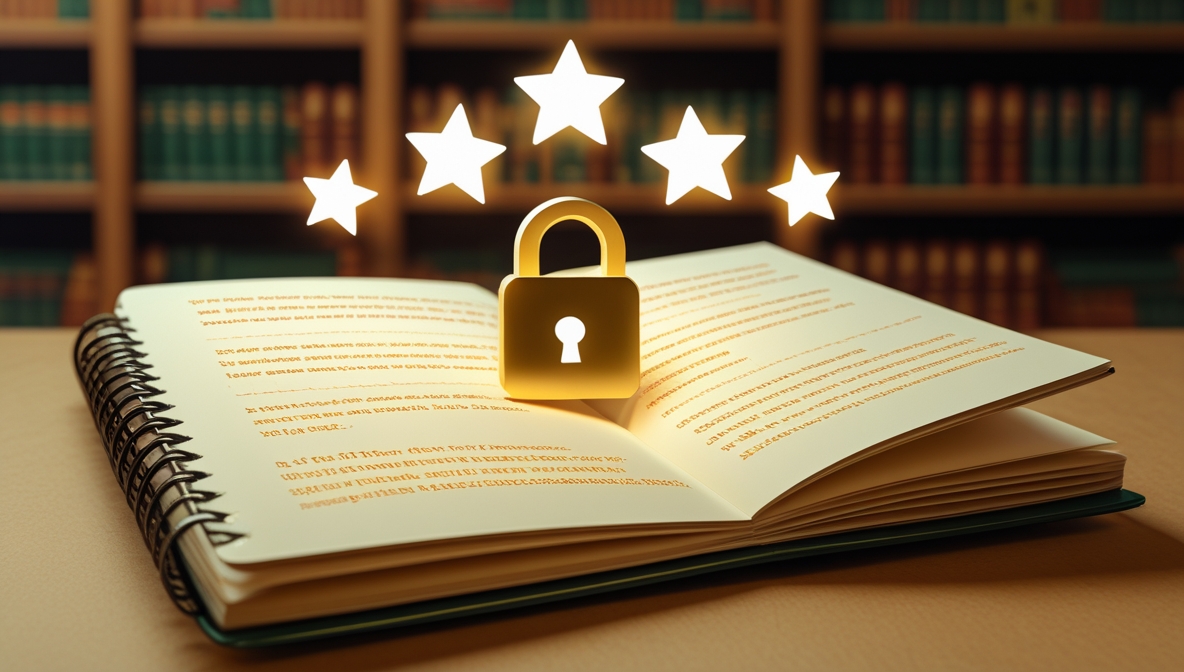Identity theft is a devastating violation of personal privacy that can wreak havoc on finances, credit, and peace of mind. In today’s hyper-connected digital world, recovering from identity theft requires a strategic, thorough approach. Below is a comprehensive step-by-step guide that provides everything needed to restore your identity and protect yourself from future incidents.
What is Identity Theft and How Does it Happen?
Identity theft occurs when someone illegally obtains and uses your personal data—such as your Social Security number, credit card details, or banking information—without permission, typically for financial gain. It can happen through data breaches, phishing scams, stolen mail, unsecured networks, and even social media exploitation.
Immediate Actions to Take After Discovering Identity Theft
1. Alert Your Financial Institutions Immediately
Contact your banks, credit card issuers, and any other financial entities where your information may be compromised. Request account freezes, change login credentials, and inquire about fraudulent activity. Acting within the first 24 hours is crucial to minimize the damage.
2. Place Fraud Alerts on Your Credit Reports
Notify one of the three major credit bureaus—Equifax, Experian, or TransUnion—to place a fraud alert on your file. This makes it harder for identity thieves to open accounts in your name. The bureau you contact is required to inform the others.
3. File a Report with the Federal Trade Commission (FTC)
Visit IdentityTheft.gov and complete an identity theft report. The FTC will generate a personalized recovery plan and provide you with an official Identity Theft Report, which is essential for disputing unauthorized charges and clearing your name.
How to Repair and Reclaim Your Credit
4. Order and Review All Three Credit Reports
Request free copies of your credit reports at AnnualCreditReport.com. Look closely for:
-
Accounts you didn’t open
-
Inquiries you didn’t authorize
-
Addresses that are unfamiliar
Document all discrepancies and highlight every fraudulent entry.
5. Dispute Unauthorized Accounts and Charges
Send written disputes to the credit bureaus with copies of the Identity Theft Report and any other documentation. Request that fraudulent entries be blocked or removed under the Fair Credit Reporting Act (FCRA). Include:
-
A copy of your government-issued ID
-
Proof of residence
-
A statement identifying each fraudulent item
6. Consider a Credit Freeze
A credit freeze restricts access to your credit report, making it nearly impossible for new accounts to be opened in your name. Contact each bureau individually to initiate the freeze:
-
Equifax – www.equifax.com
-
Experian – www.experian.com
-
TransUnion – www.transunion.com
Report the Crime to Law Enforcement
7. File a Police Report
Although not always required, filing a police report is a wise step. Visit your local law enforcement office with:
-
A copy of your FTC Identity Theft Report
-
Government-issued ID
-
Proof of address
-
Any evidence of fraud
This report strengthens your position when dealing with creditors and collection agencies.
Monitor All Affected Accounts and Communications
8. Monitor All Accounts and Set Up Alerts
Use real-time alerts from your bank and credit card providers. Monitor your checking, savings, credit, and retirement accounts daily for suspicious activity.
9. Check Social Security Records and Medical Records
Identity thieves often target Social Security and medical information. Review your earnings record at ssa.gov and request your medical records from providers to ensure no unauthorized treatments or insurance claims have been made in your name.
Prevent Future Identity Theft
10. Use Strong Passwords and Multi-Factor Authentication
Update all online accounts with strong, unique passwords. Utilize password managers and enable two-factor authentication (2FA) wherever possible to add an extra layer of security.
11. Shred Personal Documents
Never discard documents that contain sensitive information without shredding. This includes:
-
Bank statements
-
Medical bills
-
Credit card offers
12. Opt Out of Pre-Approved Credit Offers
Reduce your exposure by opting out of unsolicited credit and insurance offers at OptOutPrescreen.com.
Handle Debt Collectors and Protect Your Legal Rights
13. Know Your Rights Under the Fair Debt Collection Practices Act (FDCPA)
If a debt collector contacts you about a fraudulent account, you have the right to:
-
Request verification of the debt
-
Dispute the debt in writing
-
Demand that the collector cease communication
Provide them with copies of your Identity Theft Report and police report to prove the debt is not yours.
Consider Identity Theft Protection Services
14. Evaluate Identity Monitoring and Recovery Services
Many reputable companies offer identity theft protection, including:
-
LifeLock
-
Aura
-
IdentityForce
These services monitor your credit, personal data, and public records for suspicious activity. Some also include insurance to cover legal costs and lost wages related to identity theft recovery.
Create an Emergency Identity Theft Response Plan
15. Keep a Recovery File
Organize all your documentation in a secure folder. Include:
-
Copies of all letters and disputes
-
Police and FTC reports
-
Notes from phone conversations with representatives
-
Receipts and logs of related expenses
Having a thorough record simplifies the process and provides a solid defense in any legal disputes.
Stay Informed and Educated
The tactics of identity thieves evolve rapidly. Stay up to date by following trusted cybersecurity blogs, subscribing to data breach alerts, and attending security awareness webinars.
Recovering from identity theft is not a one-time fix; it's an ongoing process of monitoring, updating, and protecting. By following these detailed steps, victims can take back control, restore their financial reputation, and prevent future incidents of fraud.




